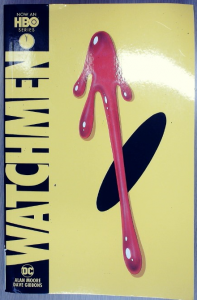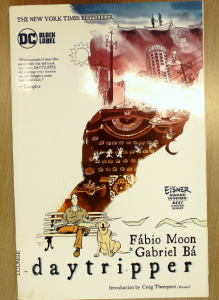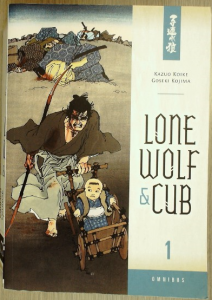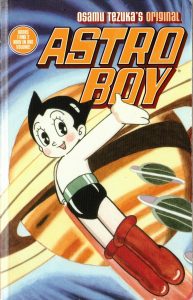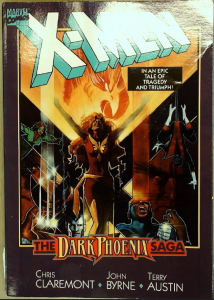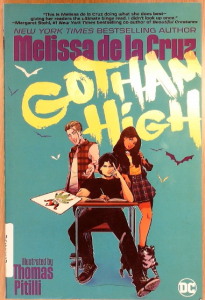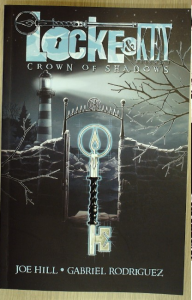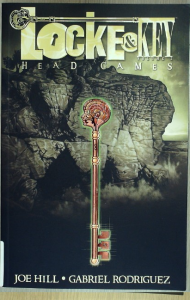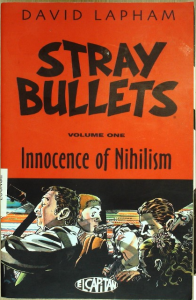[Welcome to the EL Book Introductions series. These posts are all short (<180 words) introductions/reviews of books in the EL library. They focus on telling you what we think will be interesting for you, a college student and English learner, so use them to help you find the right book for you. You can also use the tags to find books about topics you might be interested in.]
_______
Watchmen is hailed as one of the best graphic novels of all time, and for good reason. It poses serious questions about morality, personal responsibility, and the value of human life. By juxtaposing personal drama between a group of ex-superheroes, the chaos of the gritty crime-infested New York streets of the 1980s, and the Doomsday Clock counting down to nuclear holocaust, it forces the reader to consider things from a series of conflicting points of view. When nuclear war and total human annihilation are on the line, every line of text, every comic panel counts.
As you can guess from this introduction, Watchmen is not necessarily an easy book to get through. Although it should be read from beginning to end, I know that is a very difficult challenge. Instead, I strongly suggest starting with “Chapter IV: Watchmaker,” which stands by itself as a standalone character portrait. You could also just read the end of each chapter, which contain pages from books written by characters in the graphic novel.
Watchmen has been made into a movie (Watchmen (2009) – IMDb) and a TV series (Watchmen (TV Mini Series 2019) – IMDb) as well.
My two cents: Give Watchmen your time, and it will give a lot back.
